“Project Volt Gas Volt” proposes long-term financing plan to support widespread implementation of power-to-gas systems
Green Car Congress
JUNE 2, 2013
Project Volt Gas Volt is based on a long-term financing plan and the use of existing technologies for the large-scale conversion of surplus renewable electricity to methane, with subsequent reuse. The concept is the same embodied in Audi’s e-gas project ( earlier post ), to which the VGV proposal makes continued reference.







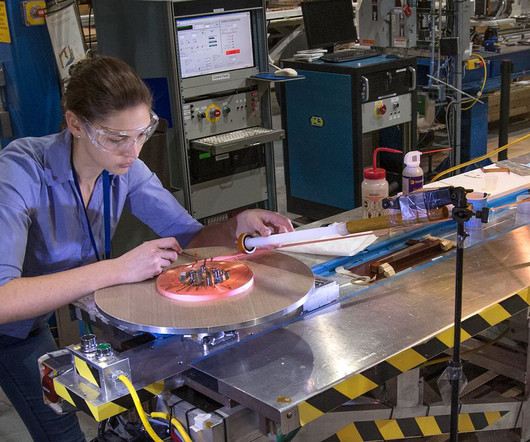


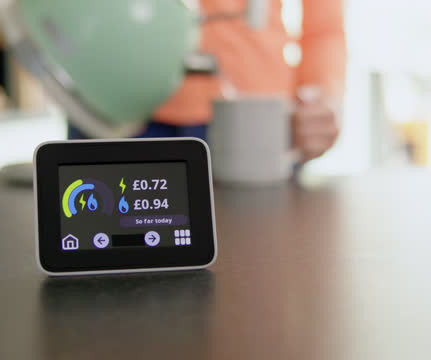


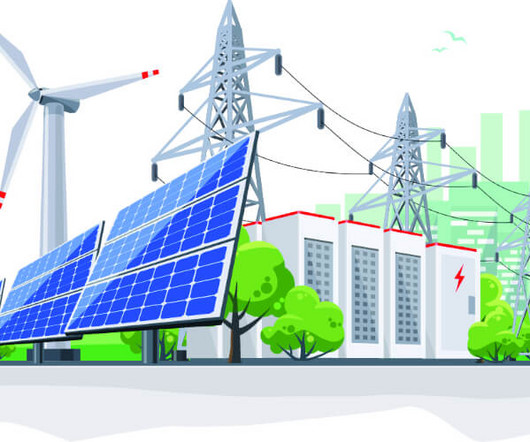





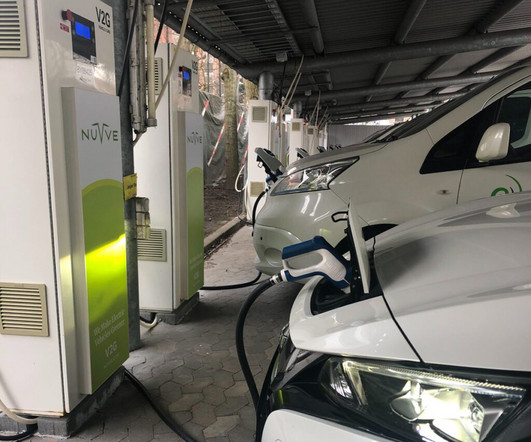


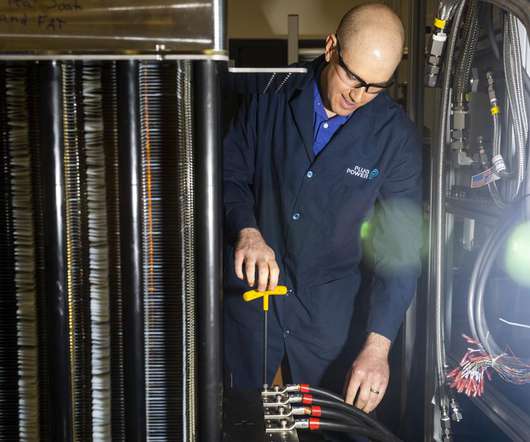






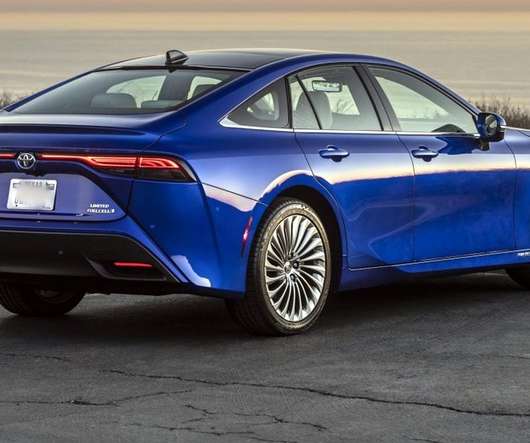
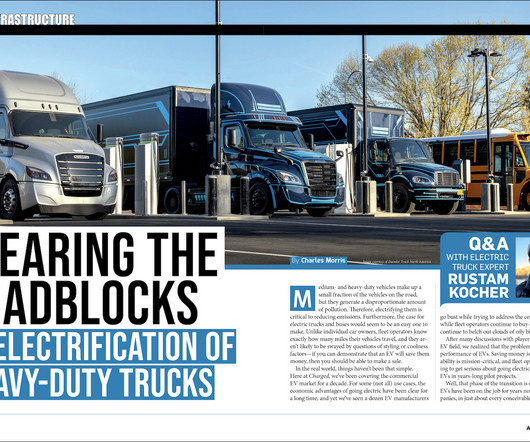


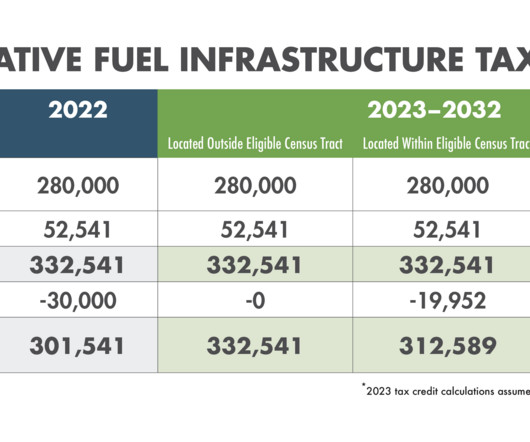








Let's personalize your content